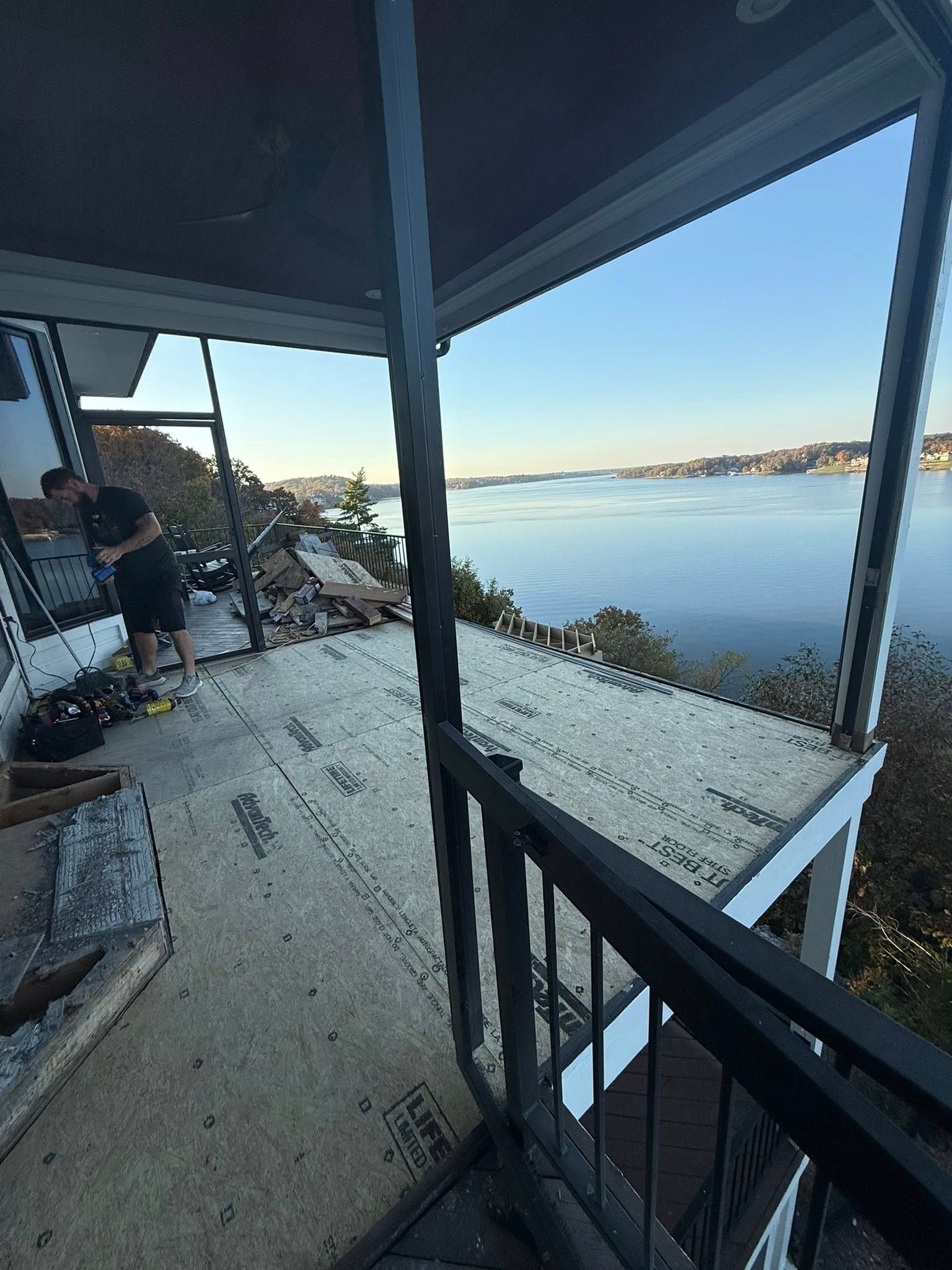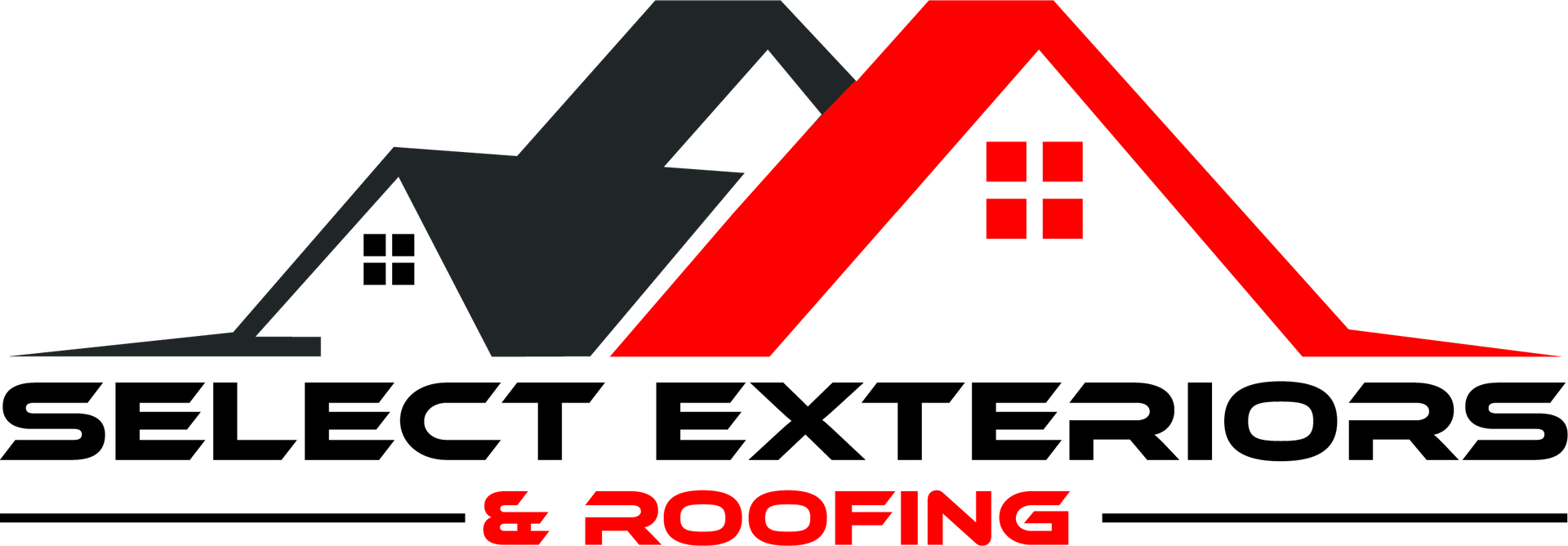How Proper Roof Ventilation Extends the Life of Your Roof

Table of Contents
- Understanding Roof Ventilation
- The Role of Attic Ventilation in Commercial Buildings
- Tangible Benefits of Proper Roof Ventilation
- Common Ventilation Problems and How They Cost You
- How We Ensure Effective Roof Maintenance
- Signs Your Roof Needs Immediate Attention
- Conclusion
Key Takeaways
- Proper roof ventilation prevents heat and moisture damage, extending the life of your roofing system.
- Attic ventilation is a vital part of structural integrity, protecting both roof and interior assets.
- Routine roof maintenance keeps repairs manageable and avoids unexpected downtime.
- Addressing ventilation issues early saves money, stress, and potential business disruptions.
Understanding Roof Ventilation
When it comes to commercial roofing, many property managers underestimate the role of roof ventilation. It isn’t just about keeping your building comfortable or reducing utility bills—it’s about protecting a major investment. Proper roof ventilation allows air to circulate through your roof and attic space, carrying away heat in the summer and moisture in the winter. Think of it as giving your roof a chance to “breathe.” Without this airflow, heat can warp shingles or roofing membranes, and trapped moisture can rot wood, degrade insulation, and even foster mold growth. For a deeper look at protecting your roof, see why regular roof inspections save you money.
In our experience managing commercial roofing projects, we’ve seen facilities where poor ventilation led to shingle buckling and leaks in just a few years. Contrast that with well-ventilated roofs that last decades longer. The difference isn’t subtle—it’s the difference between routine upkeep and emergency repairs that shut down operations.
Most commercial buildings rely on a combination of intake vents (usually at the eaves) and exhaust vents near the roof’s ridge or along the parapet. Together, these create a natural convection effect, drawing fresh air in while expelling hot, humid air. When designed and maintained correctly, this system protects the roof deck, prolongs shingle life, and even improves energy efficiency.
The Role of Attic Ventilation in Commercial Buildings
Many people think attic ventilation only matters in residential homes. In commercial properties, it’s even more crucial.
Attics—or rooftop cavities in flat commercial roofs—often hide HVAC ducts, plumbing, electrical conduits, and insulation. If hot, stagnant air accumulates here, it can create multiple problems:
- Structural stress: Heat and moisture accelerate wear on roof decking and framing.
- Energy inefficiency: HVAC systems work harder to compensate for heat buildup, raising operating costs.
- Interior damage: Excess moisture can migrate into office spaces, damaging ceilings, walls, and insulation.
We’ve seen property managers who assumed that a new flat roof would solve all their problems, only to discover years later that inadequate ventilation caused warping and leaks far earlier than expected. In every case, the fix required not only roofing repairs but careful redesign of the ventilation system—a much more expensive proposition than addressing it during routine roof maintenance.
Attic ventilation isn’t one-size-fits-all. Flat roofs, common in commercial buildings, require different strategies than sloped residential roofs. Ridge vents may not apply. Instead, we often use a combination of roof-mounted turbine vents, mechanical exhaust fans, and soffit or perimeter vents to achieve proper airflow. Every solution is tailored to the building’s layout, roof type, and local climate.
Tangible Benefits of Proper Roof Ventilation
The benefits of maintaining proper roof ventilation are more than theoretical—they directly impact your bottom line.
Here’s what property managers notice when ventilation is done right:
- Extended Roof Lifespan
Without proper airflow, roofing materials degrade faster. Shingles, membranes, and decking can warp, curl, or even blister. With effective ventilation, we’ve consistently seen commercial roofs last 20–30% longer than those without. Over the lifetime of a roof, that’s tens of thousands of dollars saved. - Prevented Structural Damage
Moisture is a silent destroyer. When condensation collects in roof cavities, it weakens trusses, joists, and decking. Proper attic ventilation mitigates this risk by keeping moisture levels in check. - Reduced Energy Costs
Commercial HVAC systems are often the largest energy expense. A hot, poorly ventilated roof forces cooling systems to run longer, especially in summer. Conversely, ventilation helps moderate attic and roof temperatures, easing the load on HVAC systems and reducing monthly utility costs. - Mold and Mildew Prevention
Mold isn’t just unsightly—it can create health hazards, damage interiors, and trigger costly insurance claims. By maintaining proper airflow in the roof cavity, we prevent the damp conditions that allow mold to flourish. - Improved Occupant Comfort
Airflow through the roof and attic affects indoor temperature regulation. Proper roof ventilation keeps offices cooler in summer and reduces ice dam formation in winter. Your tenants notice these subtle comforts, which translates into higher tenant satisfaction and retention.
Common Ventilation Problems and How They Cost You
Even if a building has vents, poor placement, blockages, or an unbalanced system can create serious issues. Here are the most frequent problems we encounter:
- Blocked vents: Leaves, debris, or improperly installed insulation can restrict airflow.
- Insufficient intake vs. exhaust: A mismatch in vent design means airflow is inadequate, which can trap heat or moisture.
- Improperly installed mechanical systems: Fans or turbines may work against each other or fail to ventilate corners and edges.
Ignoring these issues can cost a property manager more than just repair bills. We’ve seen cases where blocked vents led to roof leaks, forcing temporary relocation of tenants or loss of commercial operations. Each disruption adds both expense and stress that could have been avoided with proper
roof maintenance.
How We Ensure Effective Roof Maintenance
Over the years, we’ve learned that proactive care makes all the difference.
Here’s how we approach commercial roof maintenance for our clients:
- Inspection and Assessment
We begin by walking the roof, checking vents, insulation, and overall airflow. Even minor blockages or heat pockets can indicate larger problems. In one mid-sized office building, our inspection revealed improperly installed insulation that had blocked 30% of the soffit vents. Addressing it immediately prevented a full roof membrane replacement the next year. - Vent Optimization
After identifying problem areas, we optimize intake and exhaust vents to create balanced airflow. Flat roofs often require a combination of mechanical and passive ventilation. We design solutions tailored to each building, considering climate, roof slope, and local code requirements. - Routine Maintenance Plans
Regular inspections and cleaning prevent small problems from turning into costly repairs. Property managers who schedule semi-annual roof maintenance notice fewer leaks, lower energy costs, and fewer emergency calls. - Professional Recommendations
Sometimes, older commercial roofs need additional upgrades. We recommend solutions like ridge vents, powered ventilators, or perimeter soffit enhancements to ensure long-term performance. Our goal is always minimal disruption—critical when tenants are in place and downtime is costly.
Signs Your Roof Needs Immediate Attention
Knowing when to act can save thousands in repair costs. Here are the warning signs we emphasize to property managers:
- Unusual heat in roof cavities during summer months
- Ice dams forming on flat roofs in winter
- Curling, blistering, or prematurely aging shingles or membranes
- Visible mold or mildew in attic or rooftop cavities
- Noticeably higher HVAC energy bills without a system change
If you spot any of these indicators, it’s time to act. Delaying repairs risks not only your roof but the overall safety and efficiency of your building. For professional assistance, reach out to
Select Exteriors today.
Conclusion
Proper roof ventilation is not a luxury—it’s an essential part of protecting your commercial property and investment. It safeguards against moisture damage, excessive heat, structural stress, and energy inefficiency. Regular roof maintenance, combined with correctly designed attic ventilation, ensures your roof serves you for decades rather than just a few years.
At Select Exteriors and Roofing, we’ve worked with countless commercial property managers, helping them identify ventilation issues before they become costly disasters. We take pride in designing solutions that keep your building safe, tenants happy, and operations uninterrupted.
To explore how proper roof ventilation can extend the life of your commercial roof,
contact us today. Let us help you protect your investment with expert care and reliable roofing solutions.
Frequently Asked Questions
Why is roof ventilation important for our commercial property?
We know that proper roof ventilation protects our building from heat damage, moisture buildup, and mold. It extends the life of our roof, improves energy efficiency, and helps prevent costly repairs. A well-ventilated roof is a smart investment for long-term building performance.
How does attic ventilation affect our energy bills?
With effective attic ventilation, we reduce heat buildup in the roof cavity. This eases the load on our HVAC system, lowers energy costs, and keeps our indoor spaces more comfortable year-round. Proper airflow saves us money while protecting our roof structure.
How often should we schedule roof maintenance?
We recommend routine roof maintenance at least twice a year, ideally in spring and fall. Regular inspections and cleaning ensure our vents work properly, prevent moisture damage, and catch small issues before they turn into costly repairs.
Can poor roof ventilation cause structural problems?
Absolutely. We’ve seen that trapped heat and moisture can warp decking, damage insulation, and weaken roof framing. Maintaining proper ventilation safeguards our structure and prevents costly repairs down the line.
What are the signs that our roof needs attention?
We watch for curling or blistering shingles, ice dams, unusual heat in roof cavities, visible mold, or rising HVAC costs. Spotting these early allows us to act fast, protecting our roof and saving money on emergency repairs.


